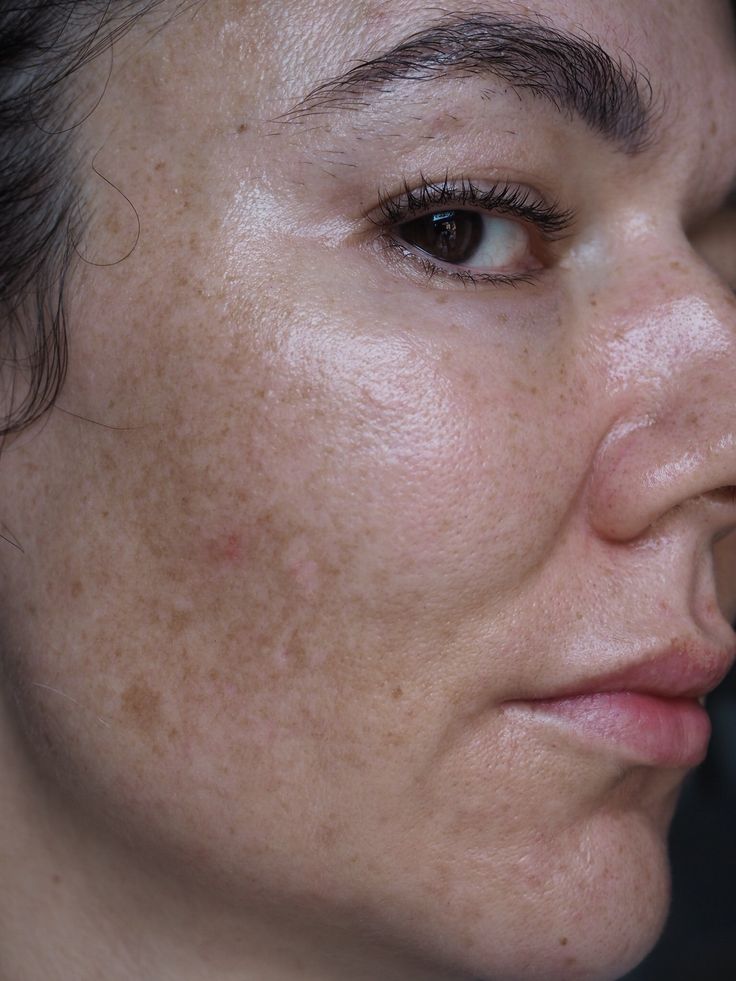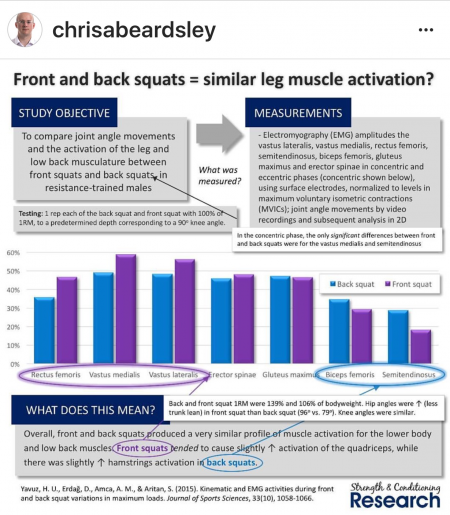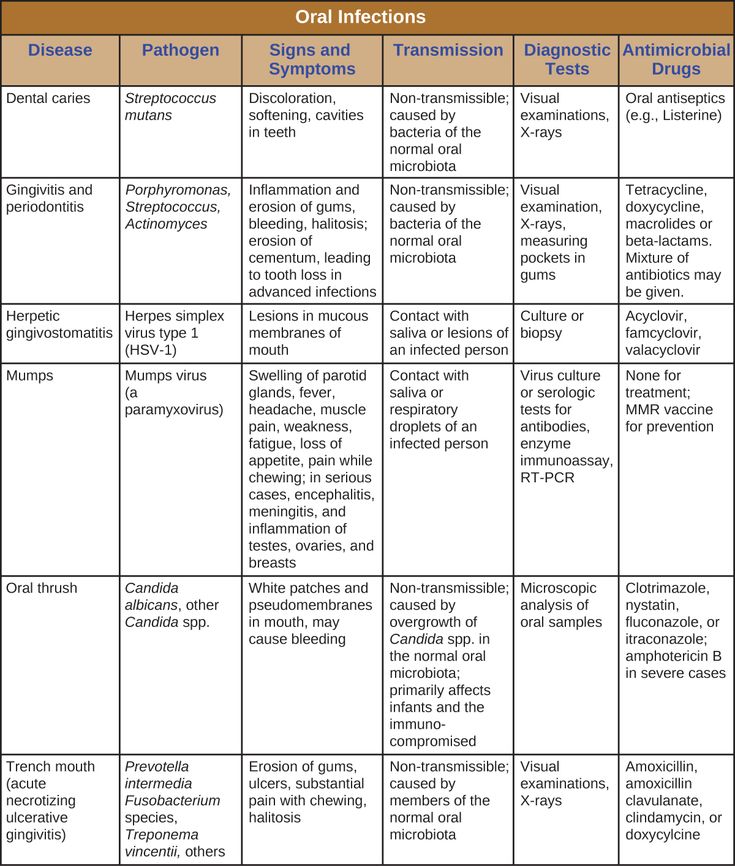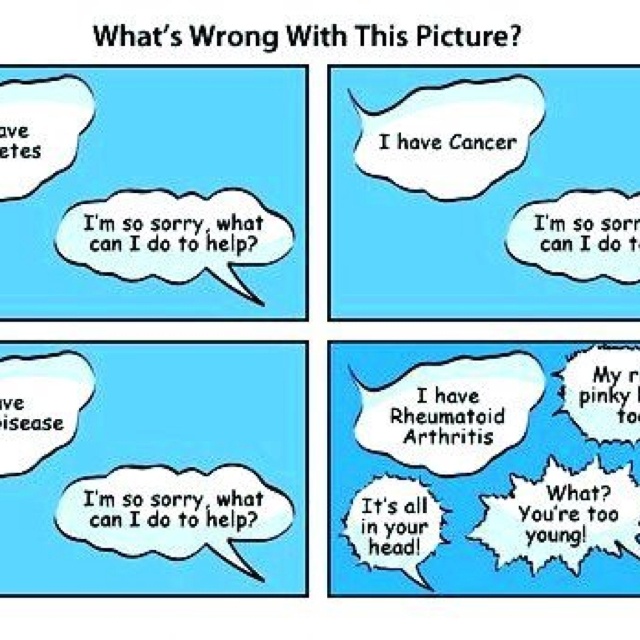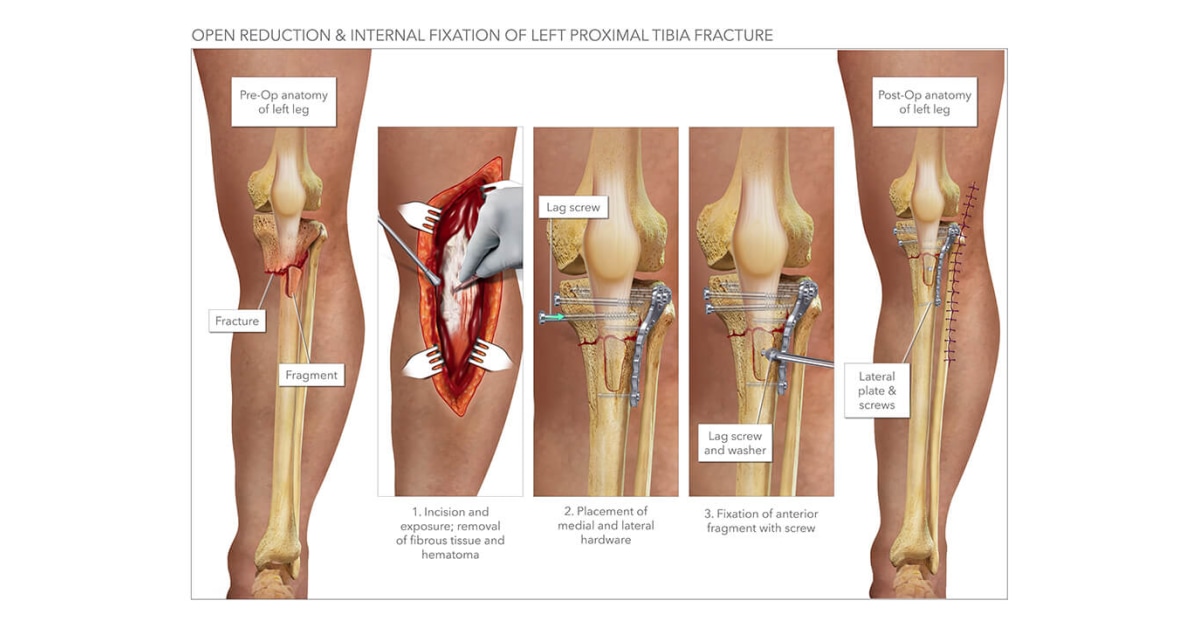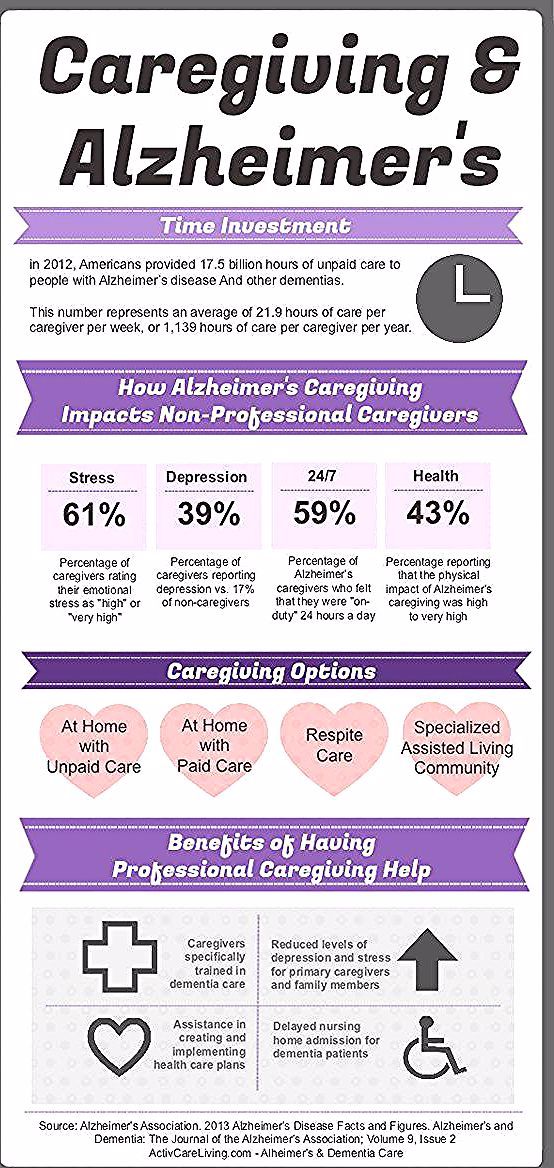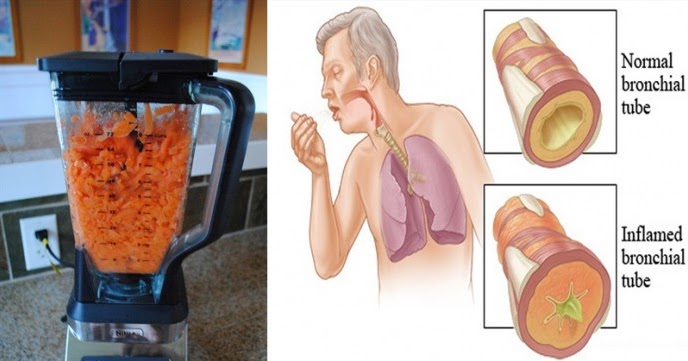Brown spots on breast skin
Bug bite, rash, cancer, or something else?
Red spots and dark brown or purple spots on the breast are usually symptoms of a rash or other skin condition. Less commonly, they can also be a visual sign of breast cancer. They may be red on light skin and purple or dark brown on dark skin.
Being able to recognize the early signs of breast cancer can allow for earlier diagnosis and treatment and improve a person’s outlook.
This article looks at whether spots or a rash on the breast can be a sign of breast cancer.
It also examines other possible causes of spots on the breasts, and when to contact a doctor.
Although spots or a rash on the breast are usually symptoms of a noncancerous condition, they can sometimes be an early sign of breast cancer, and a person should monitor them closely.
Inflammatory breast cancer (IBC)
According to the National Breast Cancer Foundation, a rash or small irritation that appears similar to a bug bite can be an early symptom of IBC. This is a rare but aggressive form of breast cancer.
A 2018 study notes that IBC accounts for around 2−4% of all breast cancer cases, yet it contributes to 7–10% of breast-cancer-related deaths.
People with IBC typically do not have breast lumps, which are a common symptom in other types of breast cancer.
Other symptoms of IBC include:
- persistent itching
- breast swelling and warmth
- skin inflammation that affects more than one-third of the breast
- an inverted or retracted nipple
- a change in breast size as a result of the swelling
- thickening of the breast skin
- enlargement or heaviness of the affected breast
- breast skin that feels and appears thick and pitted, similar to an orange peel
- swollen lymph nodes under the arms or collarbone
Symptoms typically develop quickly, within 3–6 months.
Paget’s disease of the breast
Spots or a rash on the breast can also be a sign of another rare type of breast cancer known as Paget’s disease of the breast or Paget’s disease of the nipple.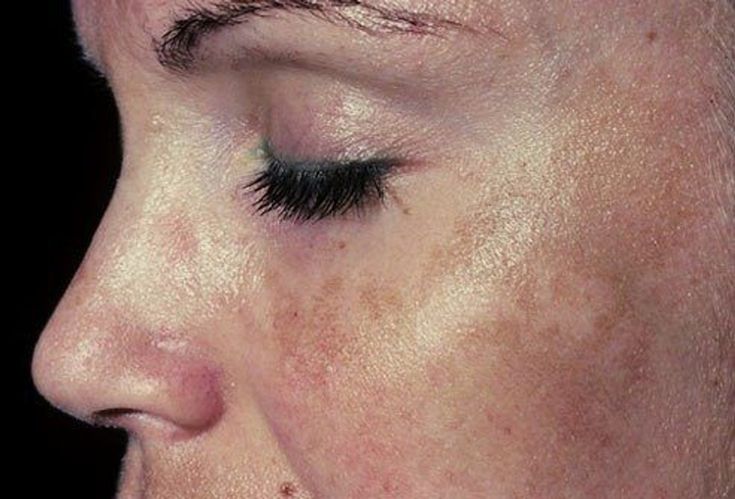
It accounts for around 1–4% of all cases of breast cancer.
Typically, Paget’s disease affects only one nipple, and it can resemble other noncancerous skin conditions, such as eczema and dermatitis.
Signs and symptoms that affect the nipple and areola may include:
- scaly, inflamed, thickened, and crusted skin
- very dry skin
- color changes on the breast
- pain or itching
Other symptoms of Paget’s disease include:
- inversion or deformation of the nipple
- yellowish fluid or blood coming out of the nipple
- a noticeable mass in the breast, which occurs in around 50% of people
The Breast Cancer Healthline app provides people with access to an online breast cancer community, where users can connect with others and gain advice and support through group discussions.
According to the United Kingdom’s National Health Service (NHS), bug bites usually cause a lump on the skin that can be small, inflamed, painful, and itchy.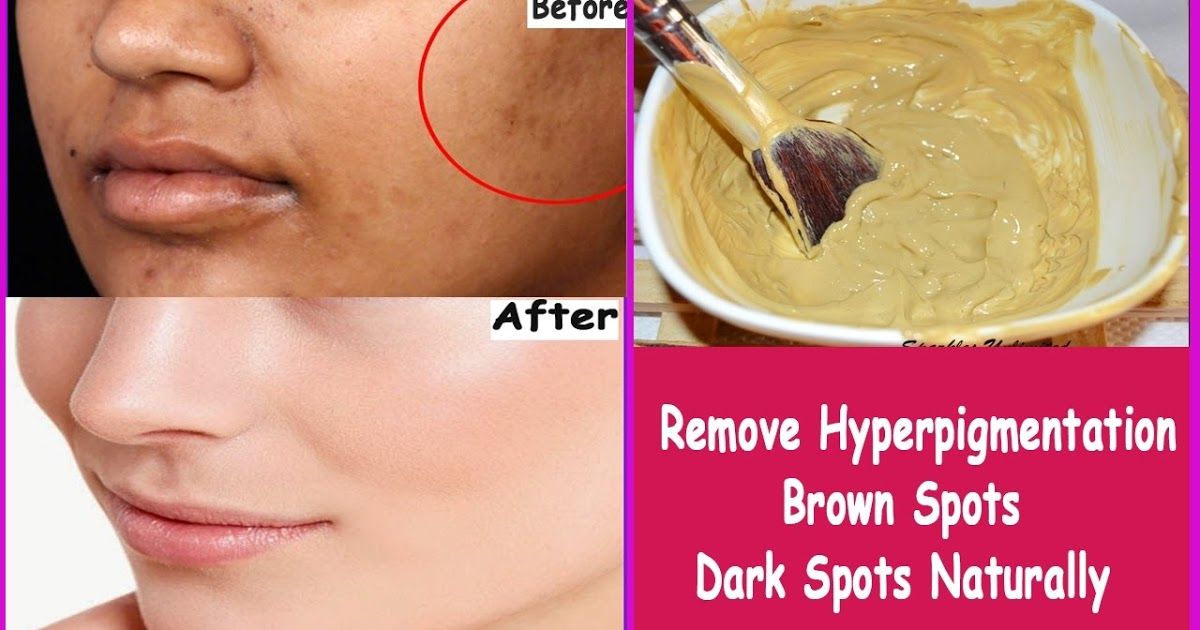 They usually resolve within a few hours or days.
They usually resolve within a few hours or days.
However, in some cases, people may develop a mild allergic reaction. This can cause a larger area of skin around the bite to become swollen, inflamed, and painful. This usually resolves within a week.
People should contact a doctor if they develop any symptoms of breast cancer or their current symptoms do not resolve and occur alongside other symptoms of breast cancer.
Learn moreLearn more about how to identify bug bites:
- Identifying bug bites: Signs and symptoms
- Insect and spider bites and how to deal with them
Although pimples can be painful and cause localized inflammation and swelling, they do not cause the other symptoms of cancer.
There are different kinds of pimples, including:
- Whiteheads: These produce a white bump.
- Blackheads: These appear black on the skin surface.
- Papules: These are inflamed lesions that appear as small, inflamed bumps.
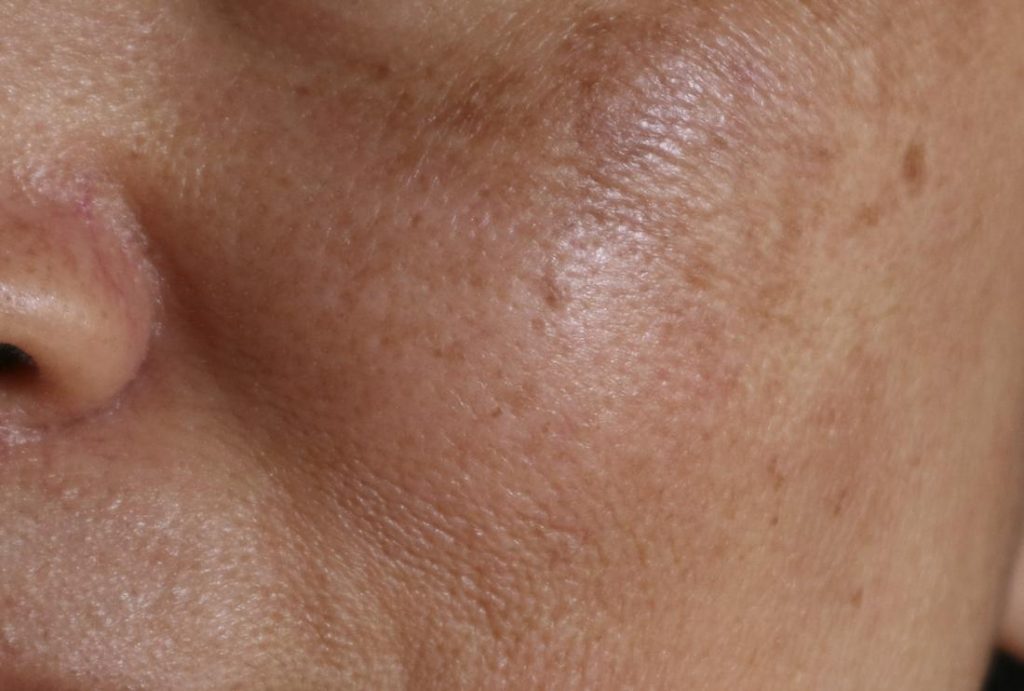 They may also be tender to touch.
They may also be tender to touch. - Pustules: These are inflamed at the base and have pus-filled lesions at the top. The lesions may be white or yellow.
- Nodules: These are large lesions that can be solid and painful. They are usually deep within the skin.
- Cystic acne: These are painful lesions filled with pus. They are also deep within the skin.
Bug bites are usually itchy, whereas pimples are not. A bug bite may also appear similar to a pimple if it becomes infected. Infected bug bites may lead to a buildup of pus.
An infected bug bite may also cause symptoms that appear similar to those of breast cancer. These symptoms can include:
- warmth around the bite
- swelling and discoloration around the bite
- swollen lymph nodes
- pain
If people are concerned about their symptoms, they should contact a doctor.
Learn more about infected insect bites here.
There are many other possible causes of spots or rashes on the breast, including:
Nipple dermatitis
Nipple dermatitis is an inflammation of the skin on the nipple and areola.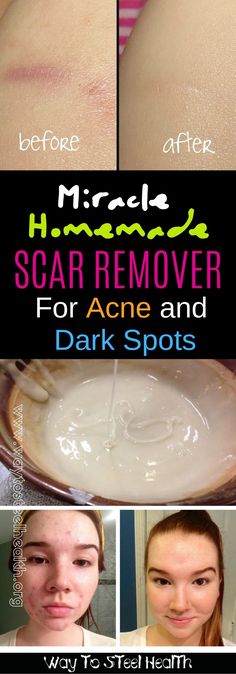 It usually causes pain.
It usually causes pain.
Causes of nipple dermatitis include:
- skin irritation due to infant attachment
- atopic dermatitis and other allergic reactions
- bacterial, viral, and yeast infections
Learn more about nipple dermatitis here.
Breast abscess
A breast abscess is a buildup of pus in the breast that results from a bacterial infection. The bacteria get inside the breast through the nipple. Breast abscesses can be painful and most commonly affect people who are nursing.
Doctors usually treat abscesses with antibiotics, drainage, or needle aspiration.
Learn more about a breast abscess here.
Mammary duct ectasia
Mammary duct ectasia is a noncancerous, or benign, condition that affects the milk ducts in the breast. The ducts become wider, and their walls get thicker, which can lead to a blockage and buildup of fluid.
It usually causes bloody nipple discharge and redness or tenderness of the nipple and areola.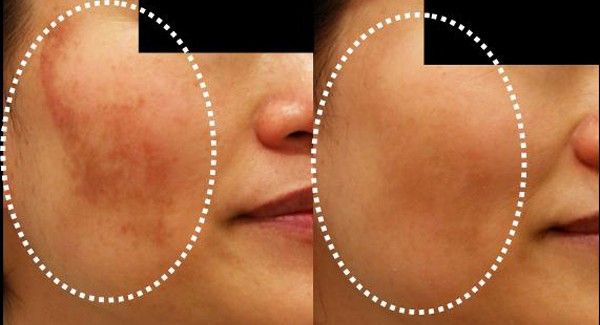 Sometimes, a mass may be present under the areola.
Sometimes, a mass may be present under the areola.
Learn more about mammary duct ectasia here.
Mastitis
Mastitis is a painful inflammation of the breast and is more common in people who are nursing. It results from milk becoming trapped in the breast. This can cause bacteria to multiply, leading to an infection.
It typically causes inflammation, warmth, and tenderness of the affected breast. However, more serious symptoms can include fever, breast abscess, and the serious blood infection septicemia.
Learn more about mastitis here.
Other rashes
Other types of rash that can affect the breast include:
- Candidiasis: A fungal infection that typically occurs in the skin folds, including under the breasts.
- Atopic dermatitis: Also known as eczema, atopic dermatitis is an inflammation of the skin that causes redness and itching and may cause the skin to scale, crust over, or ooze fluid.
- Psoriasis: An inflammatory, chronic skin condition that causes reddish patches of skin covered with silvery scales.
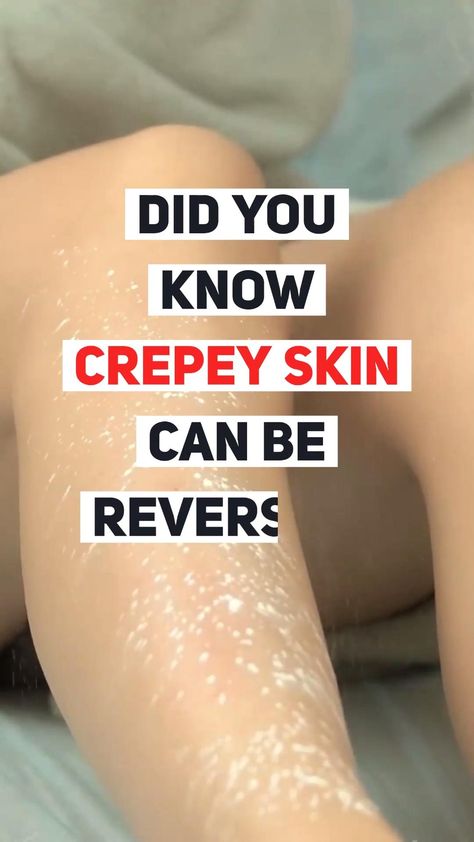
- Hives: Hives, or urticaria, is an allergic reaction to certain foods, medications, or other substances. It causes inflamed, raised, and itchy skin rashes.
- Shingles: A nerve infection that causes a painful rash along a nerve that can occur anywhere on the body, including on or near the breast area.
- Scabies: An itchy skin condition that occurs when small mites burrow into the skin. Scabies is contagious and can spread quickly through close physical contact with infected people.
- Seborrheic dermatitis: This condition is a common inflammatory skin condition that mainly affects the scalp and causes red and scaly patches. These patches can also appear on the face and upper part of the body, including the breasts.
- Cellulitis: A potentially serious skin condition, it occurs when bacteria enter the skin through a break or crack and cause swelling, inflammation, warmth, and pain in the affected area.
 Cellulitis can occur anywhere on the body and spread to other parts.
Cellulitis can occur anywhere on the body and spread to other parts.
A spot or rash on the breast is usually not a cause for concern but can sometimes be a sign of a more serious condition, including breast cancer.
People should contact a doctor as soon as possible if the rash occurs alongside any of the following symptoms:
- changes in the breast skin
- new spots or rashes on the breast
- persistent pain that does not improve or resolve
- swelling, warmth, and inflammation of the breast
- fever
- wounds that do not heal
- fluid leaking from the rash
- streaks coming from the rash
A person should also contact a doctor for any rash that does not go away after a while or any rash that appears severe or causes other symptoms that raise concerns.
In most cases, a spot or rash on the breast is not a major cause of concern. There are a number of benign conditions that can cause these symptoms.
However, a person should consider speaking with a doctor if they are concerned about their symptoms, such as pain, swelling of the breast, or changes in the nipple.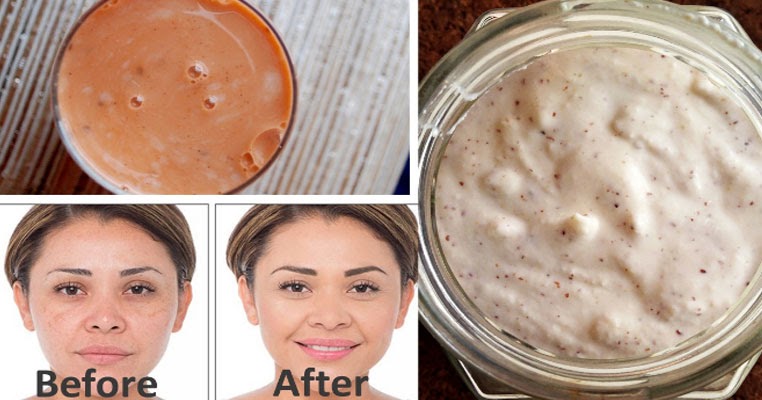
Read the article in Spanish here.
The Reasons Behind Brown Spots Around Breasts
Breasts are one of the important body parts and need to take care of carefully. Moms should know some facts about this special body part. Moreover, it's a must to take care of your breast and pay more attention to it.
Paying attention to the breasts is a must because there are many symptoms of the disease that appear in the surrounding area, for example, such as brown spots that appear around the breasts. Is it dangerous for brown spots that appear on the breast? What is the cause and how to solve it? Read the explanation in here Moms!
What Causes Brown Spots on Breasts
1. Pregnancy and Pregnancy Hormones
Signs of pregnancy can be seen from the changes in the nipples. As reported on the Healthline page, the size of the areola glands in the body of pregnant women will enlarge due to hormones during pregnancy. Enlargement of the size of the areola glands will look like brown spots resembling pimples.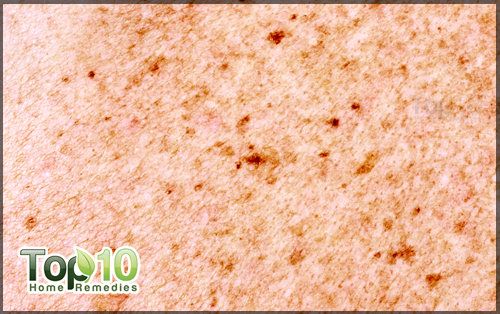
These enlarged brown spots are actually harmless because they are hormonal in nature. The size of the enlarged areola gland does not need special treatment because it will return to normal after the hormone stabilizes. Be aware not to press the brown spots as this will cause infection. If you are worried about the state of brown spots, it is recommended to consult a doctor.
2. Congested Nipples
According to the Healthline page, brown spots can also be caused by blocked nipples. The blockage can occur due to milk clots and skin formed from milk blisters. This milk blister is what causes the appearance of spots around the areola. Pressure from a nursing baby can clear any blockages. If the blockage does not go away, you will be at risk of a breast infection called mastitis.
Read also:
3. Fungal Infection
One of the causes of brown spots around the breasts is caused by a fungal infection. As a result of this fungal infection itself can cause other symptoms, such as red nipples and excessive pain.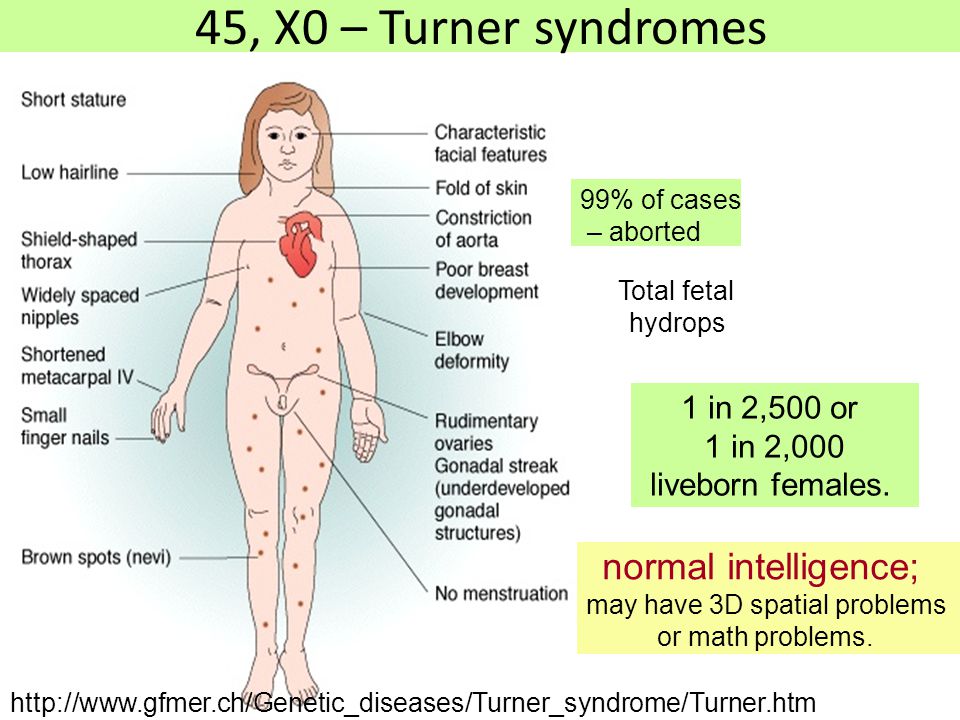
If you have a yeast infection, contact your doctor immediately to get the right treatment. Fungal infections can be said to be dangerous because they can be transmitted to babies.
4. Pressure on the Breasts
The cause of brown spots on the breast can occur due to pressure. The use of a bra that is too tight and a sling that is too tight can cause brown spots to appear around the breasts. This can lead to blockage of the flow of breast milk (ASI).
5. Paget's Disease and Breast Cancer
Basically, brown spots on the breasts are hormonal and can disappear on their own. However, this cannot be taken lightly and needs to be watched out for because the spots that appear are symptoms of Paget's disease. The cells present in Paget's disease can form breast cancer.
Read also:
How to Overcome Brown Spots on Breasts
After knowing the cause of brown spots that appear around the breasts, Moms also need to know how to deal with them safely.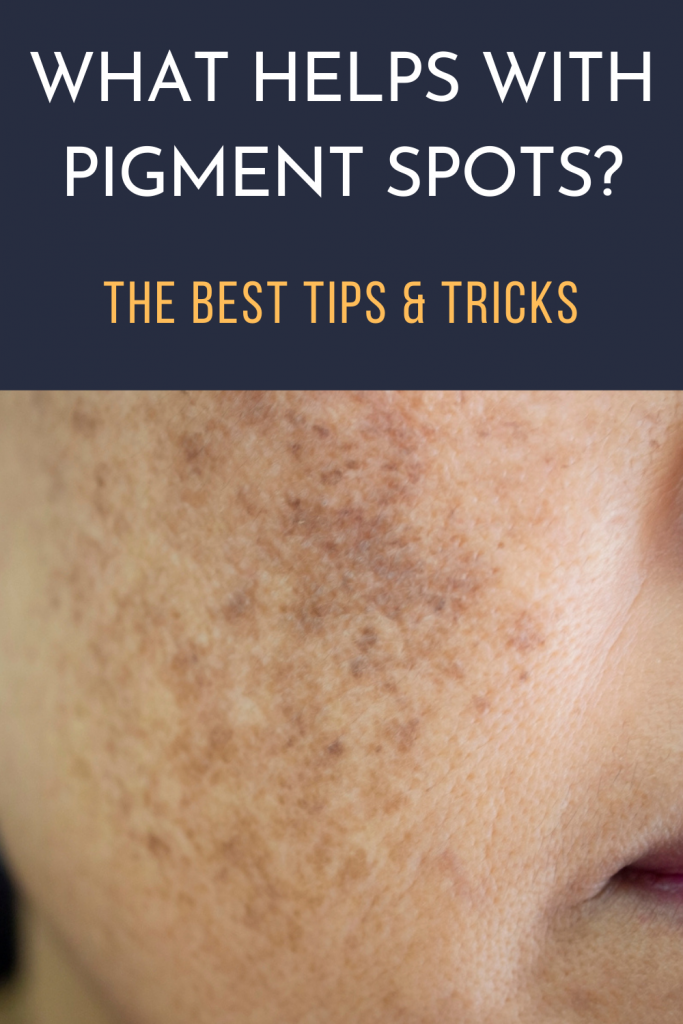 Here are some method that can be applied:
Here are some method that can be applied:
1. Warm Water
Brown spots caused by blockages can go away on their own, but you can do things to relieve them, such as compressing your breasts or taking a warm bath.
2. Massage
Gentle breast massage can remove blockages that cause brown spots around the breasts.
3. Comfortable Bra
Brown spots around the breasts can also be caused by pressure from wearing a bra that is too tight. Moms need to pay attention to the size and material of the bra used during pregnancy and breastfeeding. During the breastfeeding period, Moms definitely need a comfortable nursing bra to support daily activities. A maternity nursing bra from MOOIMOM can provide complete comfort for Moms. The super-soft and seamless design supports Moms to breastfeed easier. Moms can directly get this MOOIMOM Super Soft Seamless Maternity & Nursing Bra on the MOOIMOM official website.
$[banner_single]$
4. Healthy Lifestyle
During pregnancy, mothers are encouraged to have a healthy lifestyle.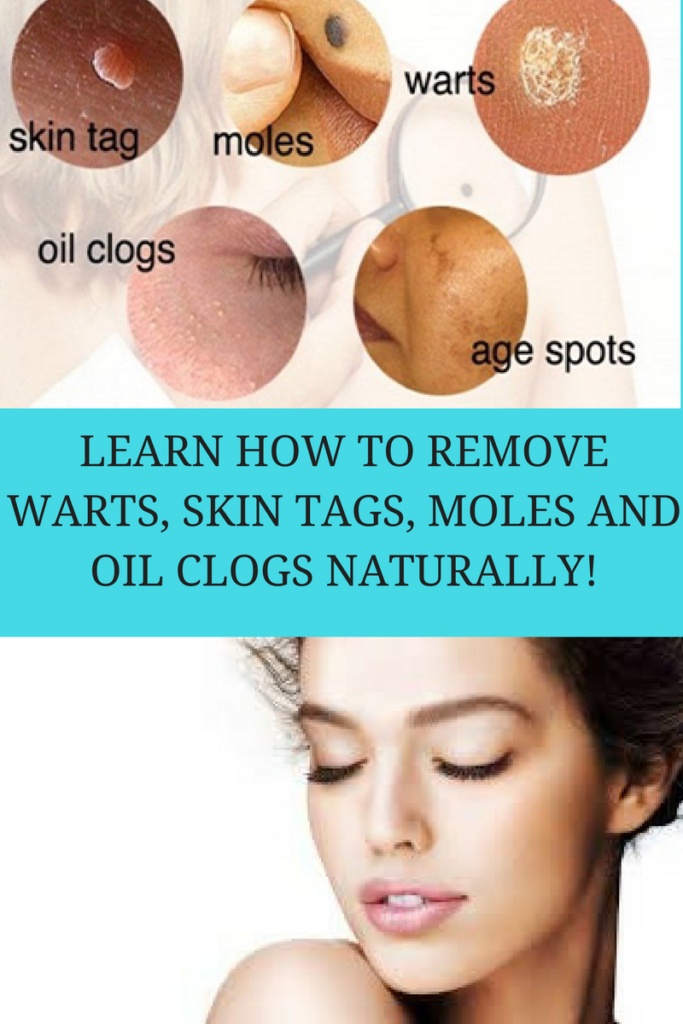 Doing sports and consuming healthy foods and the right supplements can increase the body's immunity.
Doing sports and consuming healthy foods and the right supplements can increase the body's immunity.
5. Consultation with a Doctor
If the condition caused by brown spots gets worse, you are advised to consult a trusted doctor.
Age spots on the body: treatment, causes, symptoms
Age spots are harmless and do not cause any particular inconvenience, except that they spoil the appearance and contribute to the development of complexes and self-doubt. To understand how to deal with them, in this article we will first find out the reasons for their appearance, and then we will figure out how to get rid of unnecessary pigmentation.
What are age spots?
Age spots are flat, often rounded, areas of the skin that differ in color from the rest of the skin and stand out on it. If you find a spot on your body that differs in color from the rest of the skin, then this is a pigment spot. There may be several such spots. nine0003
So why do these spots appear? First of all, this is due to the fact that skin pigmentation is impaired.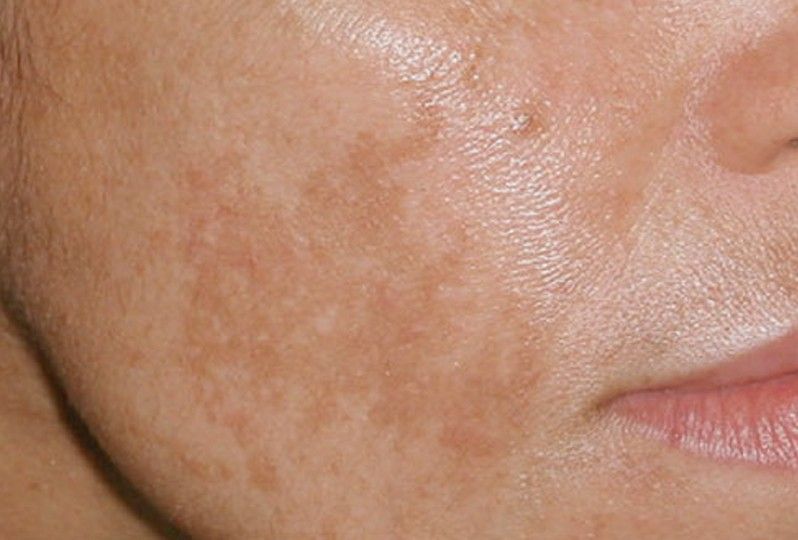
Causes of hyperpigmentation.
In men and women, pigmented formations appear for several reasons.
- Exposure to UV rays in a solarium or outdoors. Due to the fact that when exposed to ultraviolet rays, the skin synthesizes melanin, just a tan appears. But, if you abuse the stay in the sun or in the solarium, then there is excessive pigmentation. nine0016
- Pigmentation may be caused by hormonal changes. The point is again in melanin, for the production of which, last but not least, the endocrine glands responsible for the synthesis of hormones are responsible.
- Pregnancy can provoke the appearance of spots, in which powerful hormonal changes occur.
- Pigmentation may appear after injury. The integrity of the skin is broken, and post-traumatic hyperpigmentation occurs.
- Some medications cause the side effect of excessive skin pigmentation. nine0016
- Liver diseases very often affect the appearance, including the appearance of age spots.
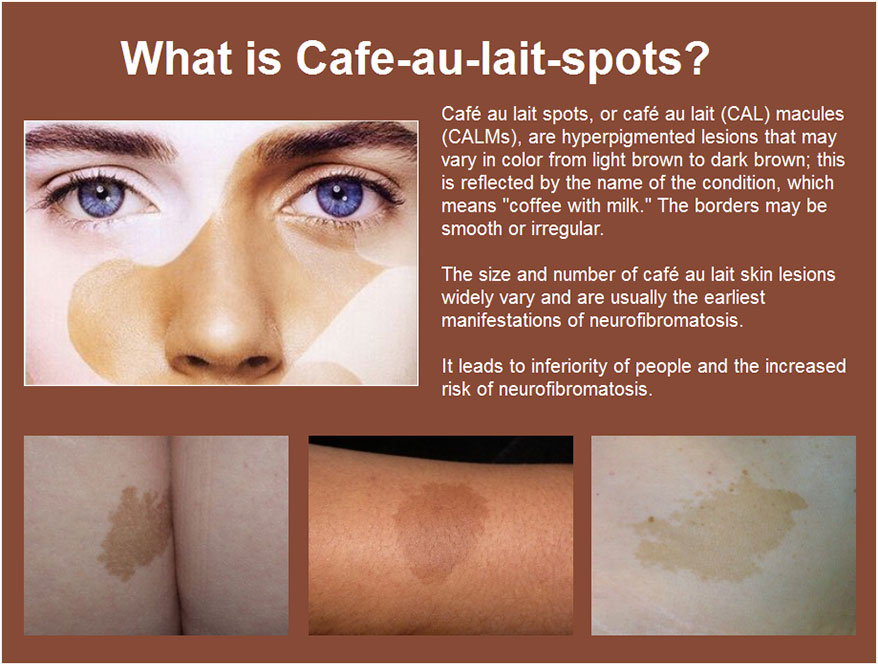
- Poor-quality and incorrectly selected cosmetics contribute to changes in the skin.
- Various inflammations are a concomitant factor for pigmentation.
- Hormonal contraceptive pills provoke unnecessary pigmentation.
- Sometimes there is a hereditary factor.
These are the main reasons, there are others, for example, the performance of cosmetic procedures by people who do not have the appropriate professional skills and specialization. nine0003
What are age spots?
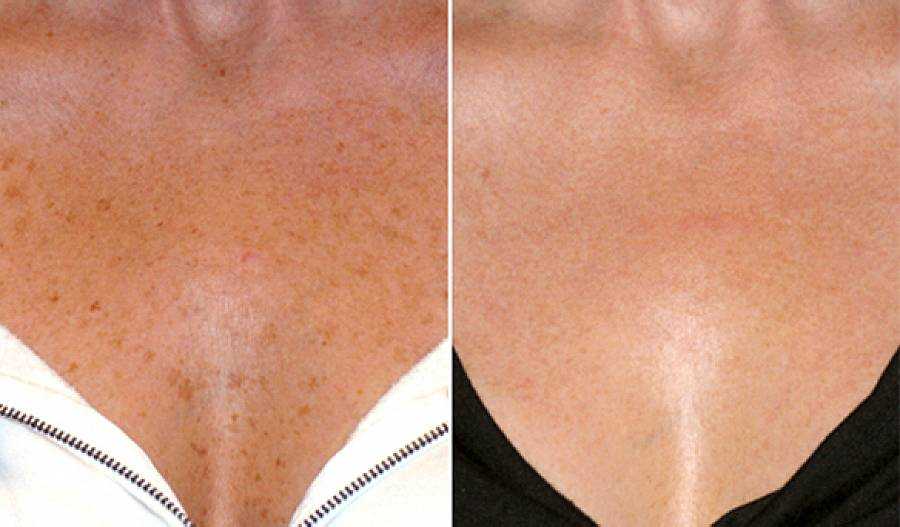 nine0016
nine0016 How to treat age spots?
Today there are several ways to treat hyperpigmentation.
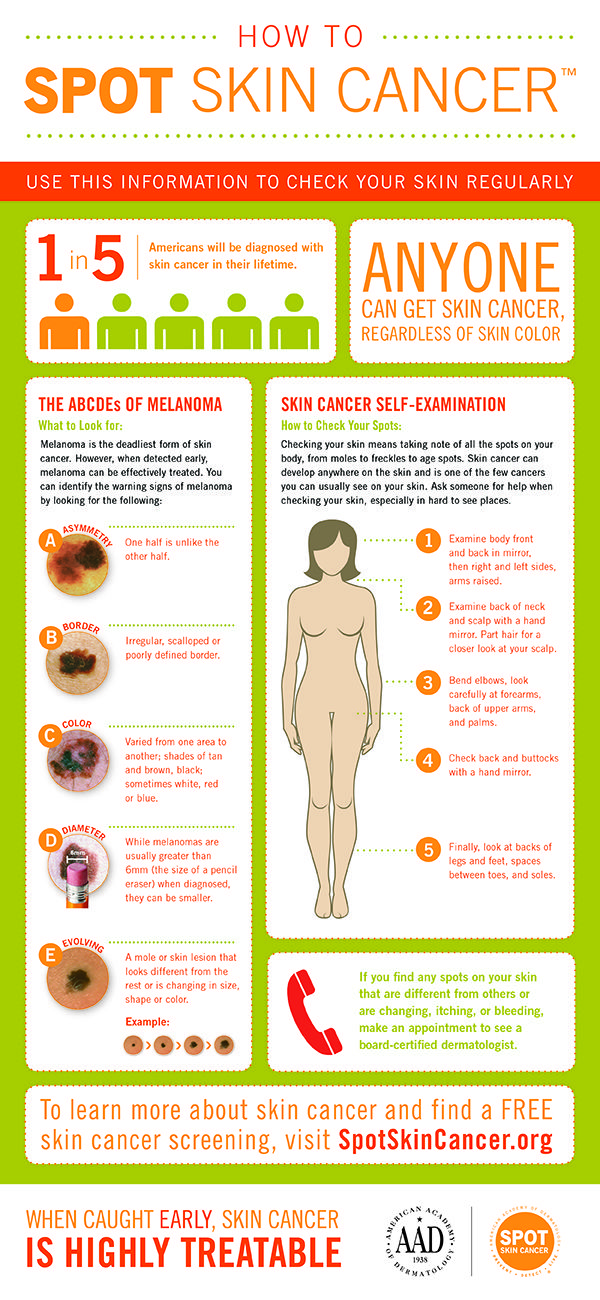 nine0016
nine0016 There are also folk remedies, but not only do they not give a guaranteed result, but they can also harm the skin.
The best and most reliable way is laser treatment or phototherapy. It's fast and efficient. In
our clinic of laser cosmetology "Laser Estctic" we use modern laser devices Candela and Lumenis IPL QUANTUM, which are
recognized as the safest in the world, to remove age spots! Call us or leave a request on the website to sign up for
procedure.
We are waiting for you
at Laser Aesthetic
By clicking on the "Register for the procedure" button, I consent to the processing of personal data in accordance with the privacy policy
Laser hair removal Candela
Photo -oral production
Field Dot Containing
Laser grinding
SMAS Lifting Alter
SMAS ULTRAFORMERMER Lifting
Medical Cosmetology
Removing Social0003
Pigmentation Treatment
RF Facial Lifting
Laser Bikini Laser Bikini
Hair Removal on the face
Laser hair removal of the whole body
Male laser hair removal
Laser hair hairpieces
Laser epilation and hands
RF lifting lifting and lipipolis body
Plasmolifting PRP therapy
Needle RF lifting
Laser removal of neoplasms
Laser removal of nevus
Laser removal of papillomas
Laser removal of Keratomo
Article
Liposuction: Methods of conducting and distinction from ULFIT therapy
Read more 90,000 pigment spots - ERA EstheticDiagnostics and Treatment
Pigment He spots can be second -handed or purchased.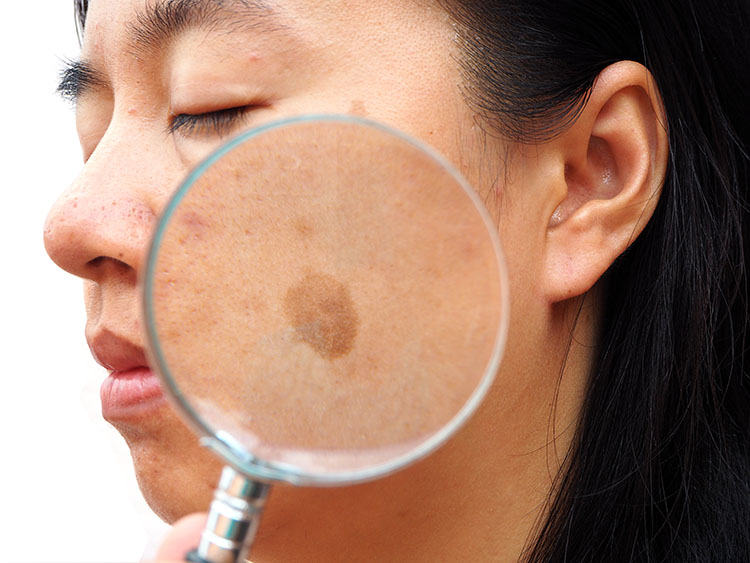 Over time, they become more and more for various reasons. A dermatologist will diagnose age spots and prescribe treatment based on their type, as well as the causes, density, intensity, location and age of the patient. nine0003
Over time, they become more and more for various reasons. A dermatologist will diagnose age spots and prescribe treatment based on their type, as well as the causes, density, intensity, location and age of the patient. nine0003
In what areas do age spots occur?
In young people, they are most often located in the forehead, nose, cheeks and upper lip. In older people, age spots often appear on the back, chest, and on the outside of the arms. For people under 50, increased pigmentation is often a sign of premature aging.
What causes increased pigmentation?
Melanocytes, the cells that produce melanin, the main skin pigment, are responsible for skin pigmentation. It is a normal skin pigment containing sulfur. With an increase in melanin production, pigmentation increases, and in connection with its decrease, local or widespread reductions in pigmentation or its absence (vitiligo) appear. nine0003
Skin pigmentation is closely related to the vitamin and enzyme balance of the body. A lack of vitamins A, C and PP increases melanogenesis (melanin production), and a lack of B vitamins reduces it. The activity of melanocytes is influenced by adrenal hormones, sex hormones, thyroid activity, microelements (copper, zinc, iron), intercellular skin enzymes. The most dangerous violation of local pigmentation is melanoma, which is a neoplasm containing melanin. nine0003
A lack of vitamins A, C and PP increases melanogenesis (melanin production), and a lack of B vitamins reduces it. The activity of melanocytes is influenced by adrenal hormones, sex hormones, thyroid activity, microelements (copper, zinc, iron), intercellular skin enzymes. The most dangerous violation of local pigmentation is melanoma, which is a neoplasm containing melanin. nine0003
Age spots can occur as a result of hormonal imbalance, in diseases of the thyroid gland, liver, in women - during pregnancy and in gynecological diseases. Often, age spots appear in people suffering from various chronic diseases or diseases of the nervous system, working with various chemicals and fever, experiencing a lack of vitamin C. Pigmentation can increase as a result of the action of various substances that have entered the body. Also, age spots can remain after burns, injections, insect bites, due to certain skin diseases, or after contact with certain plants. In the face area, age spots can appear when using irritating substances - various creams and soaps, in the torso area - as a result of squeezing and friction.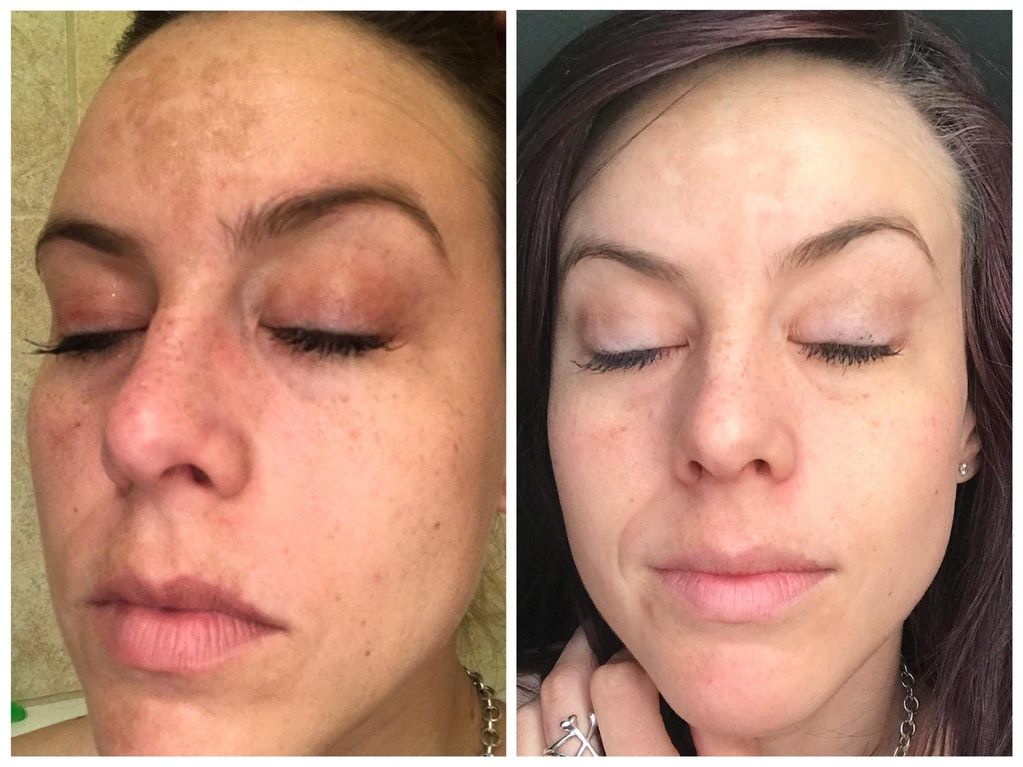 The sun has a strong influence on the occurrence of age spots. nine0003
The sun has a strong influence on the occurrence of age spots. nine0003
What are the treatments for age spots?
Pigment spots can be treated in the following ways:
- Medication - by applying highly concentrated whitening preparations to the skin, which can be used for a short time and only under medical supervision.
- Cleansing the skin with peelings - carried out locally using certain acids: salicylic, glycolic, trichloroacetic. Depending on the structure and localization of the pigment spot, the peeling intensity can be increased with the help of so-called activators. nine0016
- Mesotherapy - by introducing cocktails of various preparations into the skin.
- Removal of age spots with a laser. Read more about this. Removal of age spots with a laser.
Prevention of the appearance of age spots
To prevent the appearance of new age spots, it is necessary not to abuse sunbathing, solarium, and use products with a high sun protection factor of 30-50 SPF.